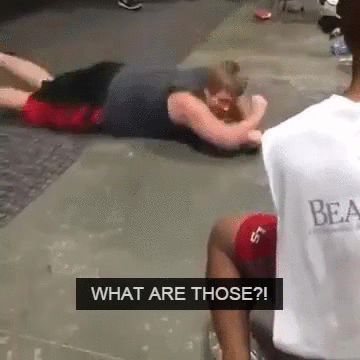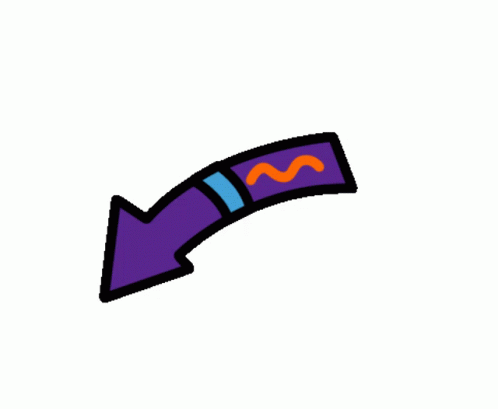Transitive verbs are action verbs that have an object to receive that action. They transfer the action from the subject (the person or thing that does the action) to an object (the thing that has the action done to it).
Formula:
Subject + transitive verb + object
I + love + you!
Besides the use of a dictionary, use this simple trick:
If the idea that you want to explain in English can answer the questions "Who?" or "What?", your verb is transitive!
If the idea that you want to explain in English can answer the questions "Who?" or "What?", your verb is transitive!
If you ask "Who?" or "What?" and there is not an answer to the question that means that there's not an object, ergo, an intransitive verb!
Formula:
Subject + intransitive verb
He + ran
*Even if the sentence is followed by "across the street" it still doesn't answer the question who or what.
♍This topic is quite easy once you get the hang of it, having in mind the tip of "Who" and "what" and practicing constantly is the key! IMO, grammar is not the most exciting or fun part of learning but I know the importance of it. For that reason you need to practice extremely often, to not forget things and to reassure yourself of what you know!




